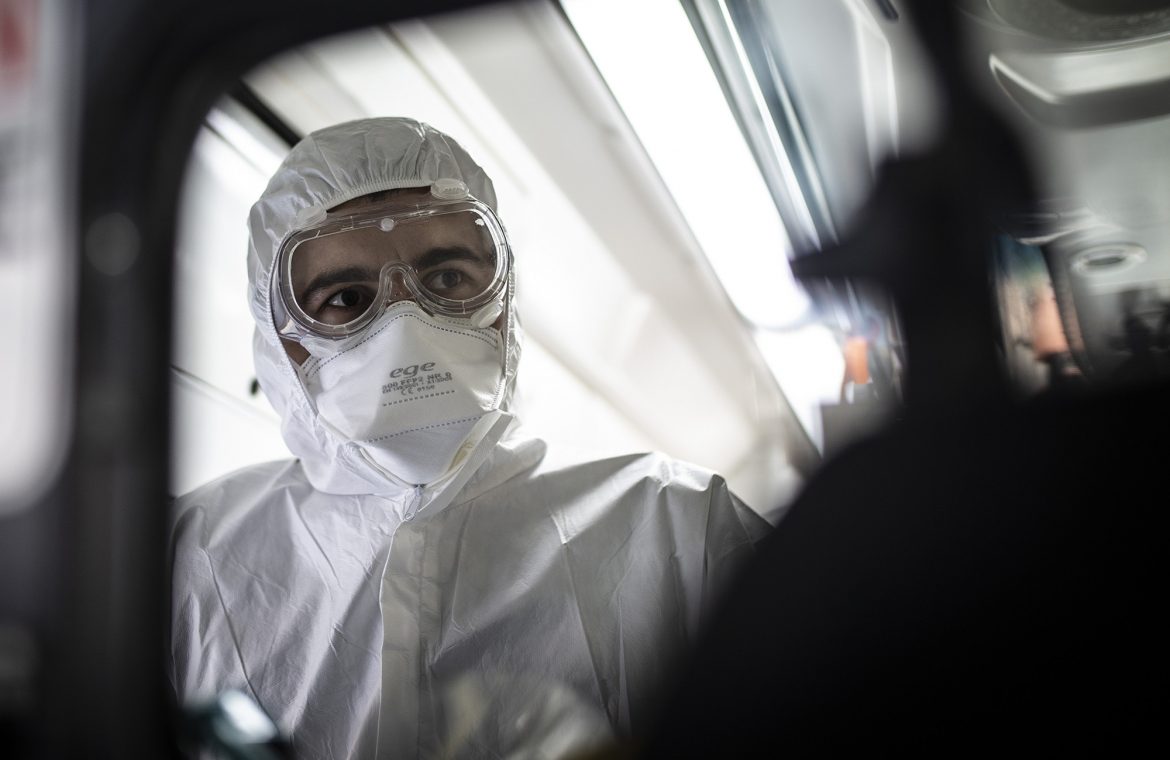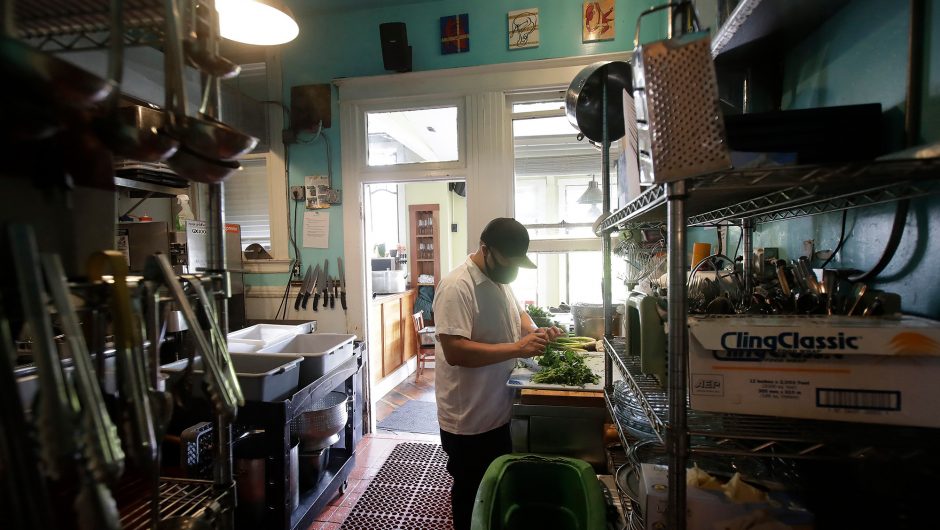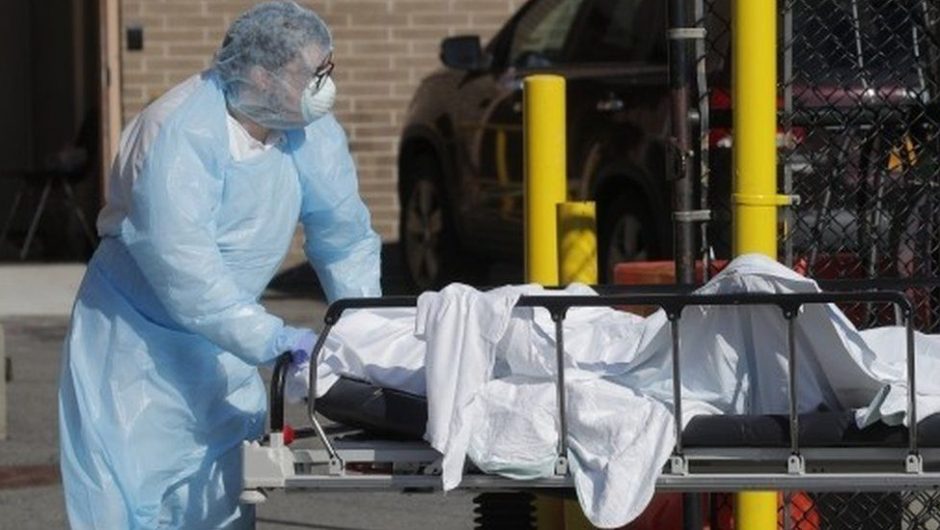Researchers at Harvard and MIT are designing a face mask that would glow when it comes into contact with the coronavirus – allowing it to address flaws linked to other screening methods, including temperature checks, according to a report.
“As we open up our transit system, you could envision it being used in airports as we go through security, as we wait to get on a plane,” MIT researcher Jim Collins told Business Insider.
“You or I could use it on the way to and from work. Hospitals could use it for patients as they come in or wait in the waiting room as a pre-screen of who’s infected,” he said.
Collins and his bioengineering colleagues are adjusting the sensors they worked on in 2014 to detect the Ebola virus and then tailored the technology to work on the Zika pathogen, the news outlet reported.
The mask would produce a fluorescent signal when an infected person breathes, coughs or sneezes into it – perhaps allowing doctors to diagnose patients on the spot without the need to send samples to a lab.
Collins said their project is in the “very early stages,” but that the results have been promising.
The researchers are debating whether to embed sensors on the inside of a mask or develop a module that can be attached to any over-the-counter mask.
“Once we’re in that stage, then it would be a matter setting up trials with individuals expected to be infected to see if it would work in a real-world setting,” he told Business Insider, adding that by 2018, the lab’s sensors could detect viruses that cause SARS, measles, influenza, hepatitis C, West Nile, among other illnesses.
“We initially did this on paper to create inexpensive paper-based diagnostics,” Collins said. “We’ve shown it can work on plastic, quartz, as well as cloth.”
The team’s sensors consist of genetic material — DNA and RNA — that binds to a pathogen. To be activated, the sensors need moisture, such as mucus or saliva, and must be able to detect the bug’s genetic sequence, according to Business Insider.
Once the sensors identify the virus, they are designed to give off a fluorescent signal within one to three hours. The signal isn’t visible to the naked eye, but a device called a flourimeter can measure the light.
Outside the lab, Collins said, officials could use handheld flourimeters — which he said “cost about a dollar” — to scan people’s masks.
The team hopes to begin manufacturing the masks for public distribution by the end of summer.
“Right now we’re time-constrained and talent-constrained in that we’ve got a relatively small team,” Collins said. “We’re limited in how many we can have in the lab working, and they’re all working as hard as they can.”








